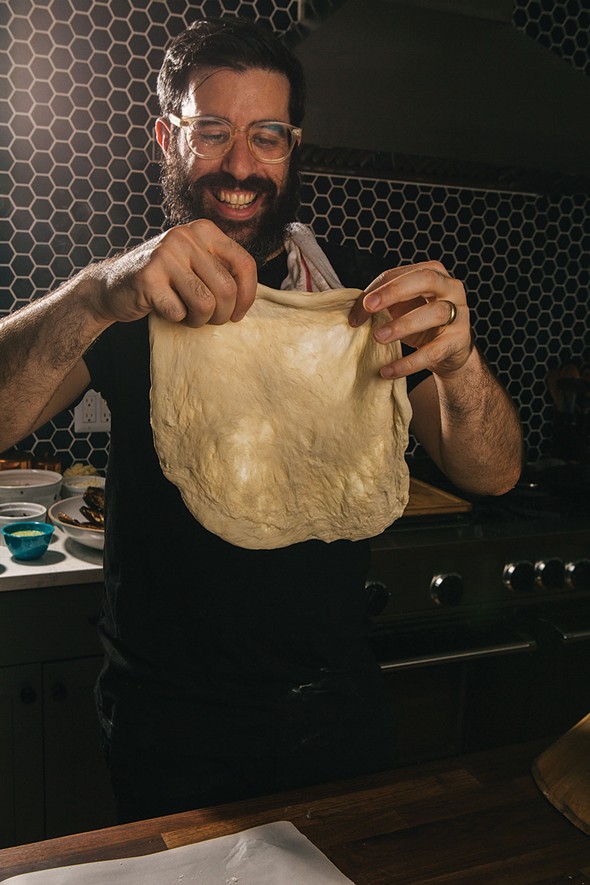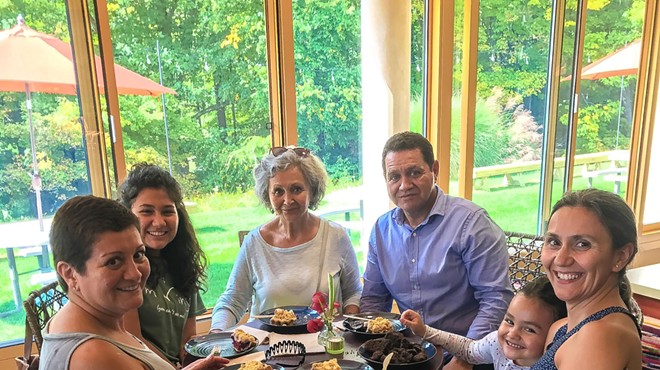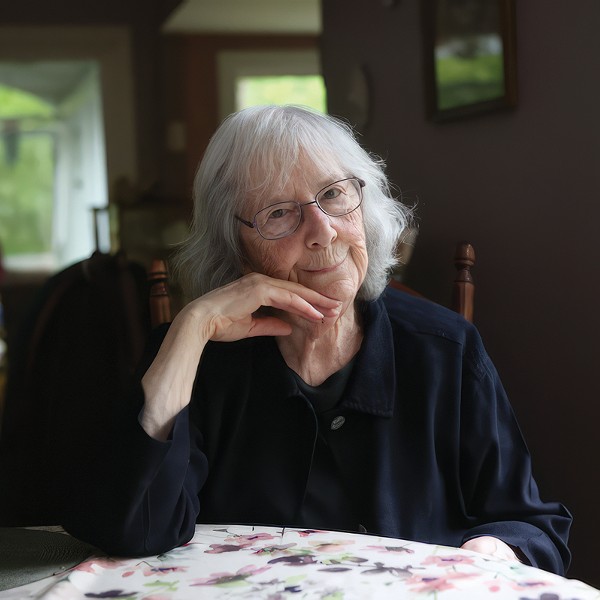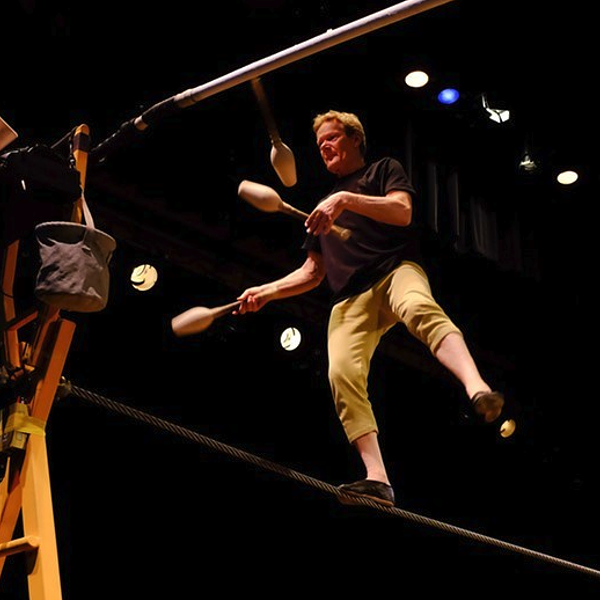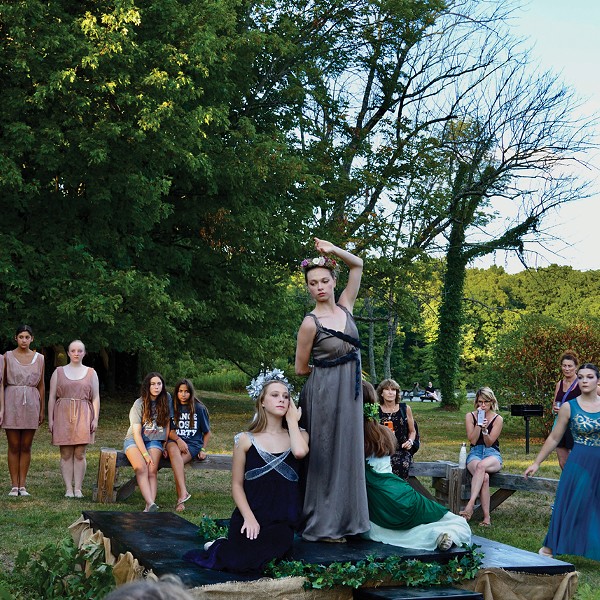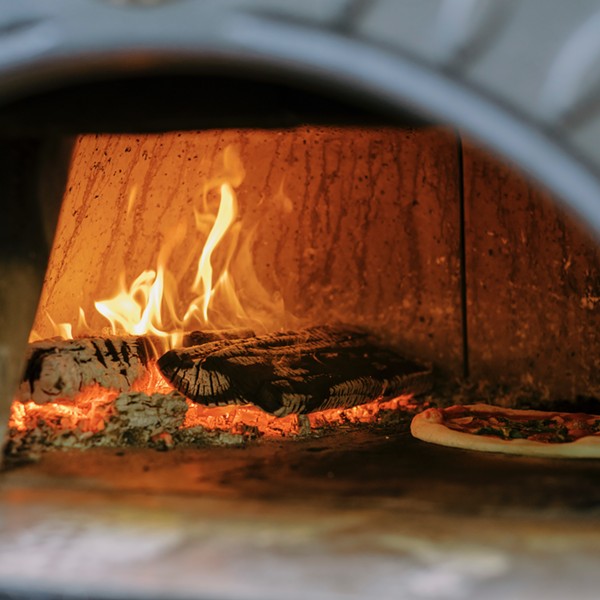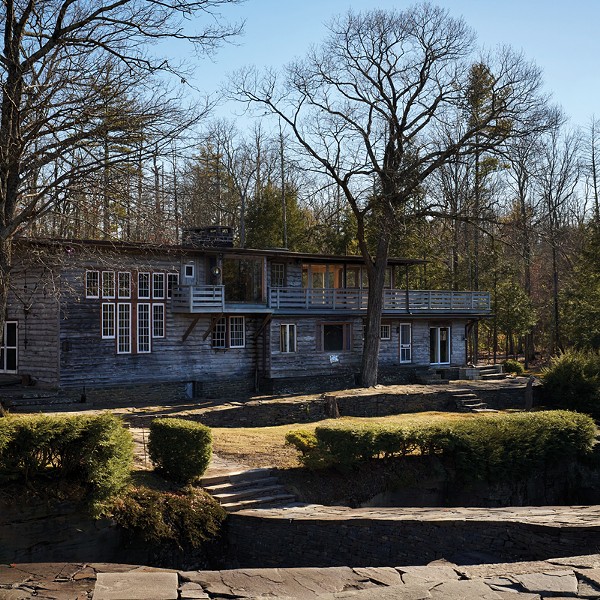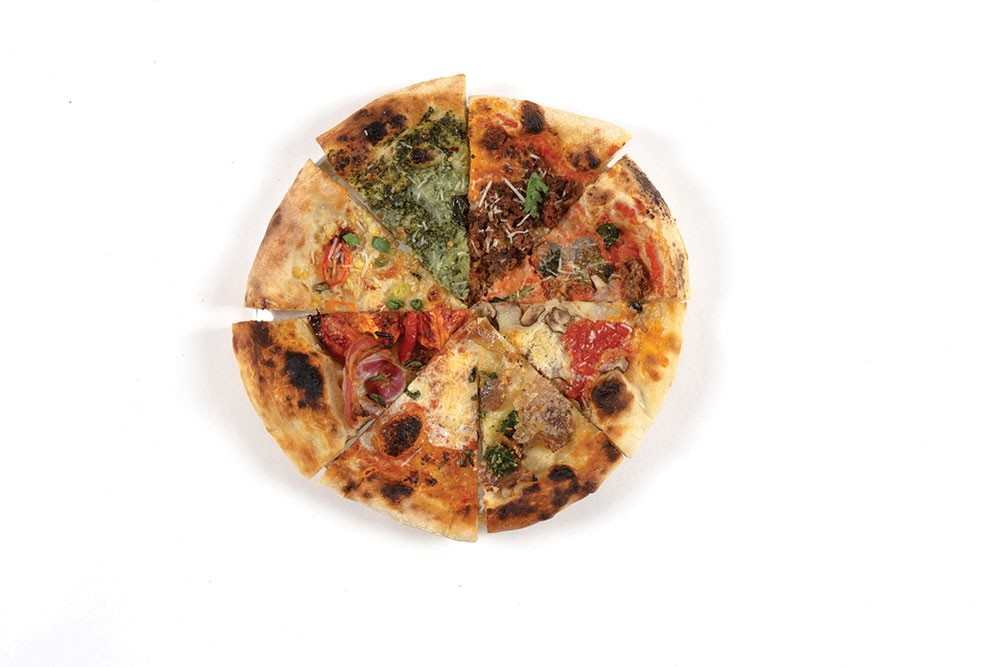
Most cookbook authors compile recipes, secure an agent and a book deal, and publish their tome for the anonymous masses. But The Pizza Book, written and self-published by Aaron Quint and Mike Bernstein, has achieved much more than that—it's created a community.
Quint, 34, grew up in Brooklyn as an indoor kinda kid, more interested in playing on computers than scraping his knees outside. But in his family, a love for food was probably inevitable; his grandfather used to run a Jewish deli. He also grew up near the Brooklyn Bridge in downtown Brooklyn—a heartland for the charred aroma and timelessly strong taste of thin crust pies. "There was definitely always a love for food in my family," says Quint. He graduated from Brandeis University in 2005 with a BA in art history, moved to Manhattan, where he got a job as a programmer for a small agency.
Bernstein, 38, has a similar story. He grew up on Long Island, with most of his food memories associated with Jewish holidays. This was where he was first exposed to the bounties we share when we come together for a meal: "There's just something about putting that [food] down on the table in front of someone and they know you've put a lot of effort into it," says Bernstein. "It's like the high you're always chasing when you're preparing and serving food." Bernstein—like most humans—also really just loved eating pizza of any shape or form as a kid: "My life can be measured in slices," he writes in the first few pages of the book. His earliest pizza memories entail sharing giant slices with his brother and dad, witnessing (and eating) from the constant frozen-pizza-dinner inventory at his home, and making bike ride pit stops at local pizza joints on his way to friends' houses. After graduating with a degree in philosophy and art from NYU in 2001, Bernstein worked as a middle school computer science teacher in downtown Manhattan before receiving an MFA in design and technology in 2005 at Parsons.
Pizza Nerds
And if it wern't for programming, Bernstein and Quint might never have met. The agency Quint worked for shared the building with another IT company, which employed one of Bernstein's longtime friends, Todd Cavallo. Cavallo introduced the two.
Although they worked as programmers by day, Bernstein and Quint discovered that a love for food, specifically pizza, was deeply rooted in both of their lives. So in 2006, when Cavallo stumbled upon a recipe for pizza that was meticulously broken down, he sent it over to Bernstein, who then showed it to Quint. The recipe was from a pizza chef's website and blog; he had moved from the Northeast down to Florida, and wanted to break down what made the pizza up north so good. The recipe was fully analyzed on his site, explaining what each ingredient brought to the finished product. The chef especially emphasized fermenting the dough for a few days, but more on that later. This in-depth analysis sparked an interest for two programmers like Quint and Bernstein, who also loved making pizza at home for friends and family. They started tweaking it in their free time, and after that, pizza recipes and techniques became a common infatuation, one worth scribbling several pages of notes about for the next 10 years.
About four or five years ago, says Quint, he and Bernstein began collaborating, and started playing with the idea of creating a pizza eBook with their research. As their notes kept expanding, they decided that they wanted to compile their work into something more substantial than an eBook, but didn't necessarily have the money to back the idea. So in 2015 they crowd-sourced, and launched a Kickstarter campaign in hopes of getting "funded" with $28,000. The project, with 1,105 backers, raised over $50,000.
"We were definitely surprised by the support," says Quint, "We were expecting, with nerves, to get 'funded,' which was 28K." But what they got was almost double what they expected and in a much shorter time period.
Kingston resident Kale Kaposhilin is a backer of The Pizza Book. He donated $80 to Bernstein and Quint's Kickstarter campaign. Kaposhilin is a macher in the Hudson Valley tech community, a principal at Evolving Media Network and a co-founder of Hudson Valley Tech Meetup and CatskillsConf, the annual tech be-in that brings together innovators, developers, and entrepreneurs at the Ashokan Center. (It's happening this month: October 21 to 23.)
What stirred Kaposhilin to donate money to the Kickstarter campaign? "I believe in supporting great work that also tries to support community development," he says. And Kaposhilin didn't just buy one copy for himself; he bought a second, for his mother to read and then to share with her friends. "The book itself has incredible recipes but also teaches people to come together, make something together, and be here together," he says.
A Focus on Home Cooking
The book's focus is aimed at teaching home cooks how to make pizza in a down-to-earth, approachable format, by home cooks—these guys have no culinary training. The master template of how to make a pizza is easy enough for a first-time maker to follow. There's even an ice breaker section in the beginning that's titled "You're Going to Fuck Up Some Pizzas," to put minds at ease before they dig into the recipes. The Pizza Book also reflects the minds of two programmers, with their technical, seminerdy way of explaining how a basic pie is made. Their hope is to encourage readers to think a bit deeper about something like pizza—a food that's central to our culture. Like the Florida chef, they too believe that every ingredient—and the method of adding to each of them—plays an important role in the product. This is why they devote pages 52 pages just to explain technique and the role of ingredients before they offer a recipe. And the dough itself is slightly different than most at-home versions; it stresses that the key to making a good pizza is dough fermentation. Fermentation requires cooks to let the raw dough sit for two to five days, which seems long for an at-home cook to wait but, in the end, has immeasurable results.
"Often there's this other flavor component missing and that's the flavor that comes from all of the compounds that are produced during fermentation," says Bernstein. Along with the hint of an appealing sour flavor balance, fermentation helps cooks achieve the chewy finesse in a parlor pie.
The rest of the book goes through different variations of the master template recipe, with toppings ranging from "The Best Fucking Meatball" to pickled corn. Quint's favorite is the "Radicchio + Sausage + Honey," while Bernstein, despite his love for the classic Margherita, is drawn to the "Everything Bagel" pie, a prebaked Everything Bagel-seasoned crust that's smeared with cream cheese and topped with smoked salmon, capers, and chives.
Bernstein and Quint's central focus is providing readers with recipes made by home cooks, for home cooks. As they tested out recipes, the authors distributed early drafts to their friends, each with a different oven and kitchen tools. Unlike editing the recipes out of a traditional test kitchen, followers of The Pizza Book were able to provide disparate, crowdsourced feedback; together, their voices helped Quint and Bernstein finish the book. (The book also features the lush and luscious photography of Tom Eberhardt-Smith, whose own Kickstarter book of photos, Diner Porn, has been featured in this magazine.)
The Pizza Book has gotten people to join and exchange conversation. In the middle of making the cookbook, Quint moved upstate to Kingston, and Bernstein transplanted to the DC Metro area. Over the course of the three years they worked on the book, the recipes were first tested out of Quint's home. Quint remembers saying, "I would call everyone I knew in the neighborhood and be like, 'Okay, I'm about to make 20 pizzas today. Don't come over until 6pm.' And at 6pm, after we were done shooting photos, people would come over and bring beer. And there would be pizza, and they'd hang out for another four hours. It really felt like a community."
With over 1,400 copies already sold, Quint and Bernstein are playing with the idea of creating another cookbook with a similar format: a master recipe of a certain food or dish (with the breakdown of techniques and ingredients) and several variations to accompany it. They have yet to nail down a solidified idea for the food or dish of choice. For now, they are planning events and reaching out to media to promote the book and using the individual word-of-mouth to spread their ideas to a larger readership. They believe that making better at-home pizza can be for everyone, and encourage their readers to e-mail them pizza questions if they arise. "We really want the people who buy into dive in and do it," says Bernstein, "because we know that they can."
Copies of The Pizza Book can be purchased from Bernstein and Quint's website, Store.make.pizza (an eBook is $24 and a printed version is $39), or at Fleisher's in Kingston. Bernstein and Quint hope to expand their sales out to bookstores in New York City and the DC area soon.







